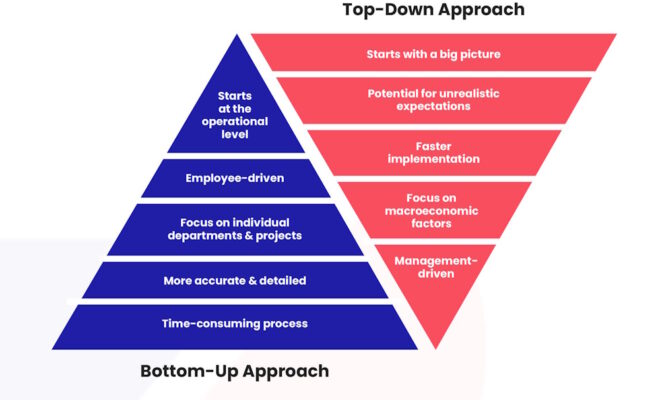
Logistics
Why Your Sales Forecast is Wrong and How to Fix It
Why Your Sales Forecasts Could Be Wrong (And How to Improve Them)
In a recent article, economists from the University of Pennsylvania’s Wharton School admitted that their economic forecasts for the U.S. often fall short: “Truth be told, our best guesses just aren’t very good.” Should those forecasting future sales for their business adopt a similar view?
The economists argue that making more useful forecasts means embracing uncertainty. Weather forecasters, for instance, give a percentage chance of rain—like a 70% chance of rain on Tuesday—rather than stating it will definitely rain or not. This approach helps people understand the risk and make better decisions (like whether to bring an umbrella).
By forecasting a range of outcomes, rather than focusing on a single number, businesses can better prepare for uncertainty. This method allows planners to allocate resources based on both optimistic and pessimistic scenarios, each with a weighted likelihood. It’s an approach that could benefit sales forecasters too.
How to Apply This Approach to Sales Forecasting
If you’re forecasting sales in your business, or experiencing the consequences of inaccurate forecasts, using a range rather than a single figure can be valuable. In the traditional top-down forecasting model, sales teams provide high-level forecasts by product group or SKU, which are then broken down by location. However, expecting precise forecasts, especially down to individual SKUs, is unreasonable.
To improve your forecasting approach:
-
Acknowledge Uncertainty: Recognize that predicting the future (including sales) is inherently uncertain, and accept that there may not be a single ‘correct’ forecast.
-
Pilot the New Approach: Start by piloting the range-based forecasting method with a few product groups.
-
Identify Assumptions and Risks: Recognize the assumptions and risks tied to your forecast, so you can better manage expectations.
-
Create Forecast Ranges: Develop optimistic and pessimistic sales figures, and weigh their likelihood based on your data and market conditions.
How to Use the Forecast Range Effectively
The key benefit of using a range is that it helps match resource demands with available supply. For example, items with long lead times can be procured based on the optimistic forecast, while items with shorter lead times can be purchased based on the pessimistic forecast, with flexibility to adjust as needed.
However, there are challenges. Many computerized forecasting systems don’t support the use of ranges, and managers are often resistant to change. Despite years of advocating for this approach with clients and students, adoption has been slow. People generally prefer the familiar, and shifting away from traditional methods is difficult.
Conclusion: Embrace Flexibility in Sales Forecasting
Incorporating uncertainty into your sales forecasting approach can lead to more realistic, actionable plans. By considering a range of outcomes, your business can better prepare for fluctuating demand and reduce the risks of relying on a single, inaccurate number.

0 comments